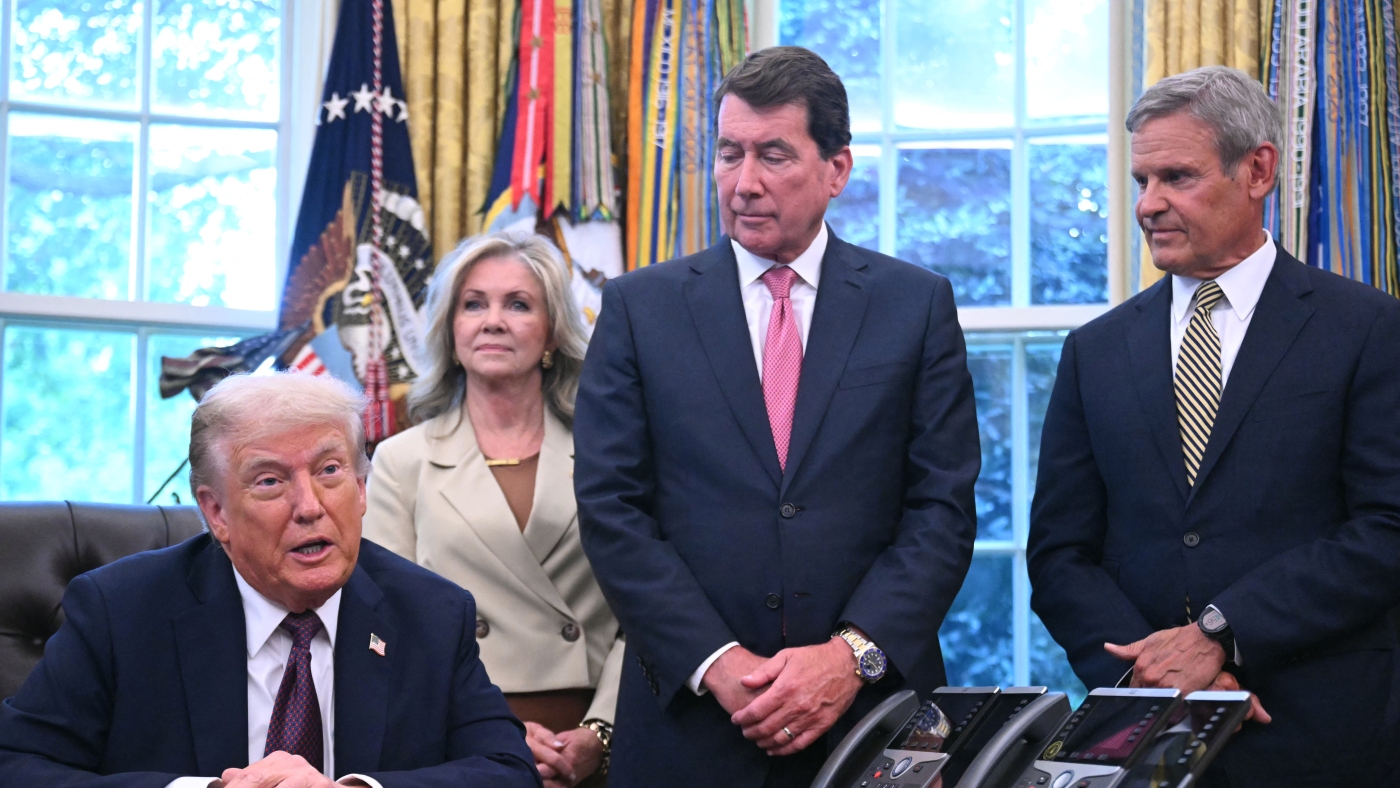Climate change is hitting wildlife hard in South Sudan. This nation, already facing environmental challenges and conflict, relies heavily on its natural resources. So, the stakes are high.
One major issue is habitat loss. As climate patterns shift, places where animals live are changing or disappearing. For example, the Sudd wetlands, vital for many species, are struggling due to unpredictable rainfall and rising temperatures. Fish that people depend on for food are also affected, leading to possible declines in populations.
Forests are suffering too. Deforestation, a problem exacerbated by energy poverty, disrupts ecosystems. Research shows that changes in vegetation can affect weather patterns, which are essential for both plants and animals. When forests turn into grasslands, wildlife that relies on trees faces tougher survival challenges.
Extreme weather events like floods and droughts add another layer of risk. In regions like Upper Nile, floods can displace animals, forcing them into human settlements as they search for food. This heightens human-wildlife conflict, making both communities and wildlife more vulnerable.
Sustainable energy sources could ease some of these pressures. Many communities depend on biomass for energy, which leads to more deforestation. Shifting to renewable energy not only helps combat climate change but also protects forests, benefiting wildlife in the long run.
Expert opinions emphasize the need for comprehensive conservation strategies that account for climate change. Policies should focus on protecting key habitats like the Sudd wetlands through better land management and restoration practices. Involving local communities in conservation efforts is crucial. They have firsthand experience with the challenges and can help shape effective solutions.
Research from the Climate and Environment Charter highlights how partnerships with NGOs and international organizations can provide necessary resources and expertise. Collaborative efforts can enhance conservation strategies and strengthen the capacity to adapt to climate fluctuations.
Addressing the root causes of conflict linked to resource scarcity is vital as well. Many disputes arise over land and water. Integrating peacebuilding into conservation efforts can create a better environment for both wildlife and communities.
In summary, South Sudan faces significant challenges due to climate change, but with the right strategies, there’s hope for its wildlife and ecosystems. Protecting biodiversity benefits everyone and helps secure a sustainable future for generations to come.






















